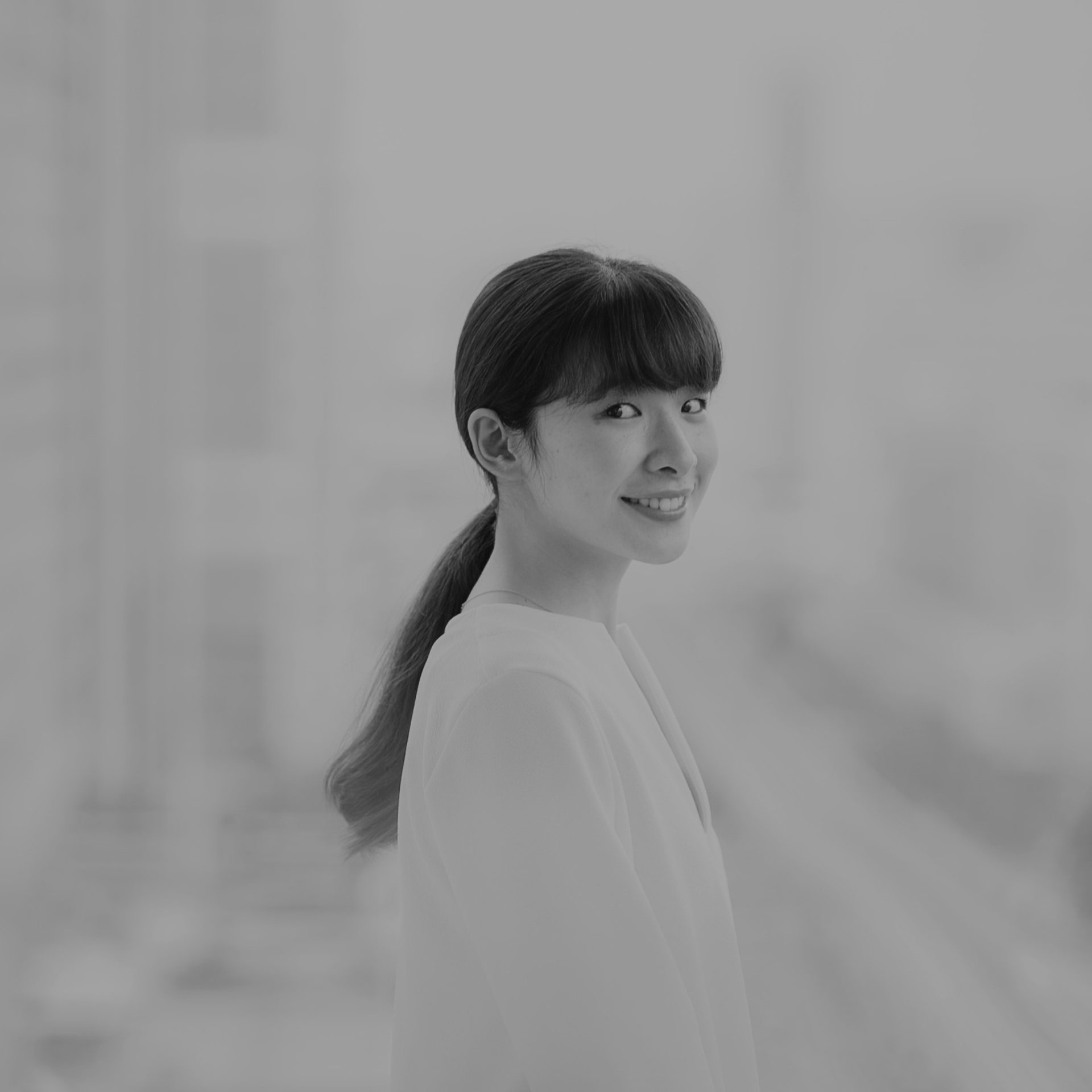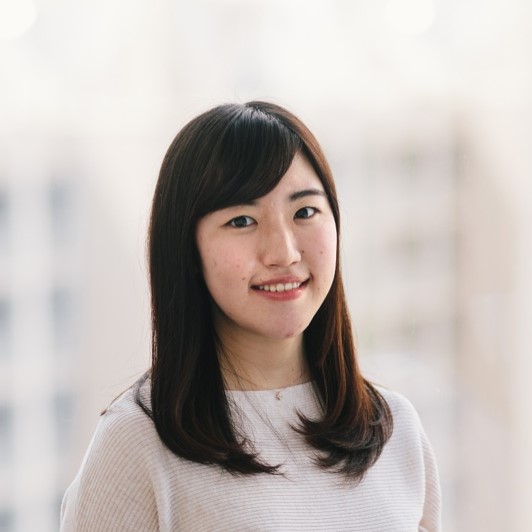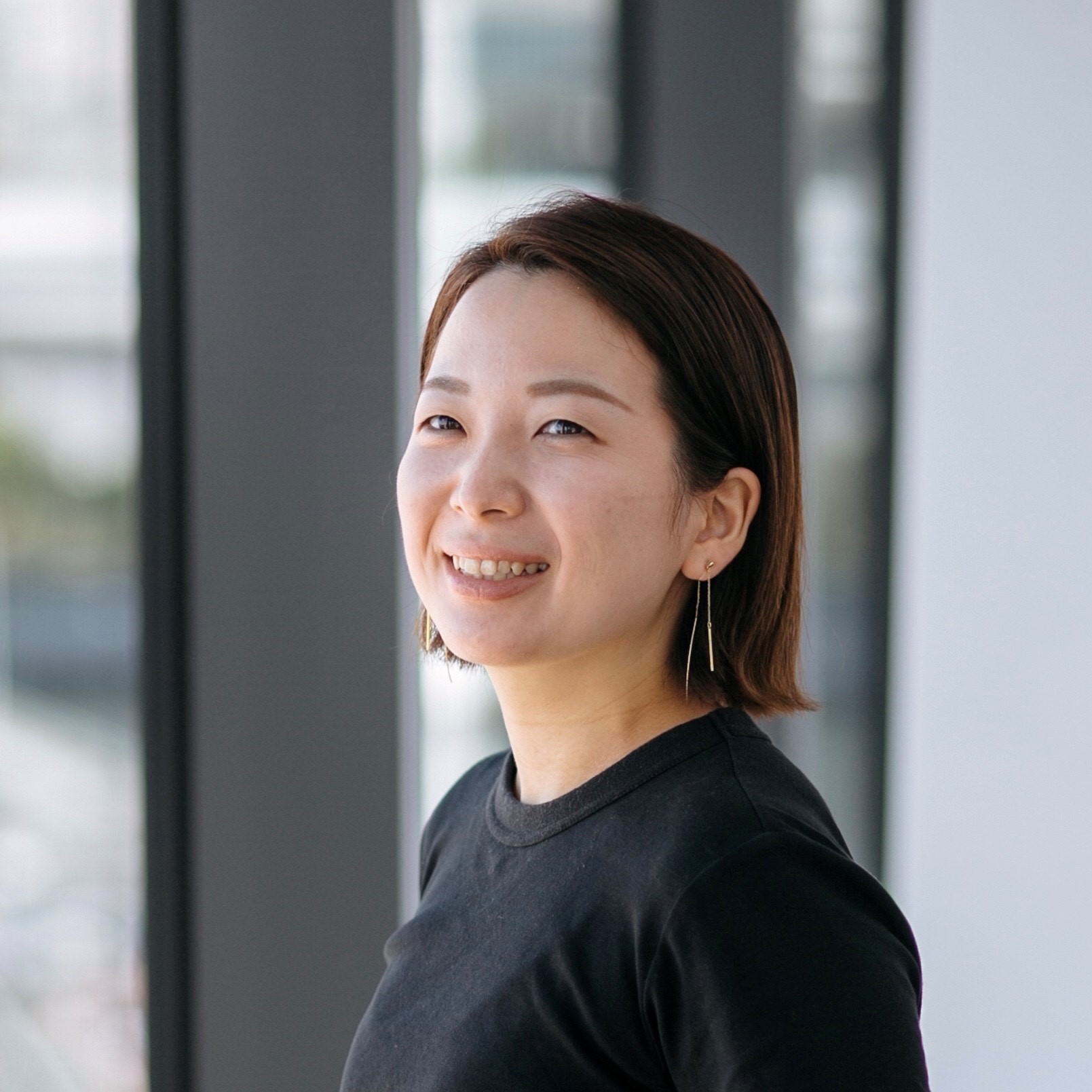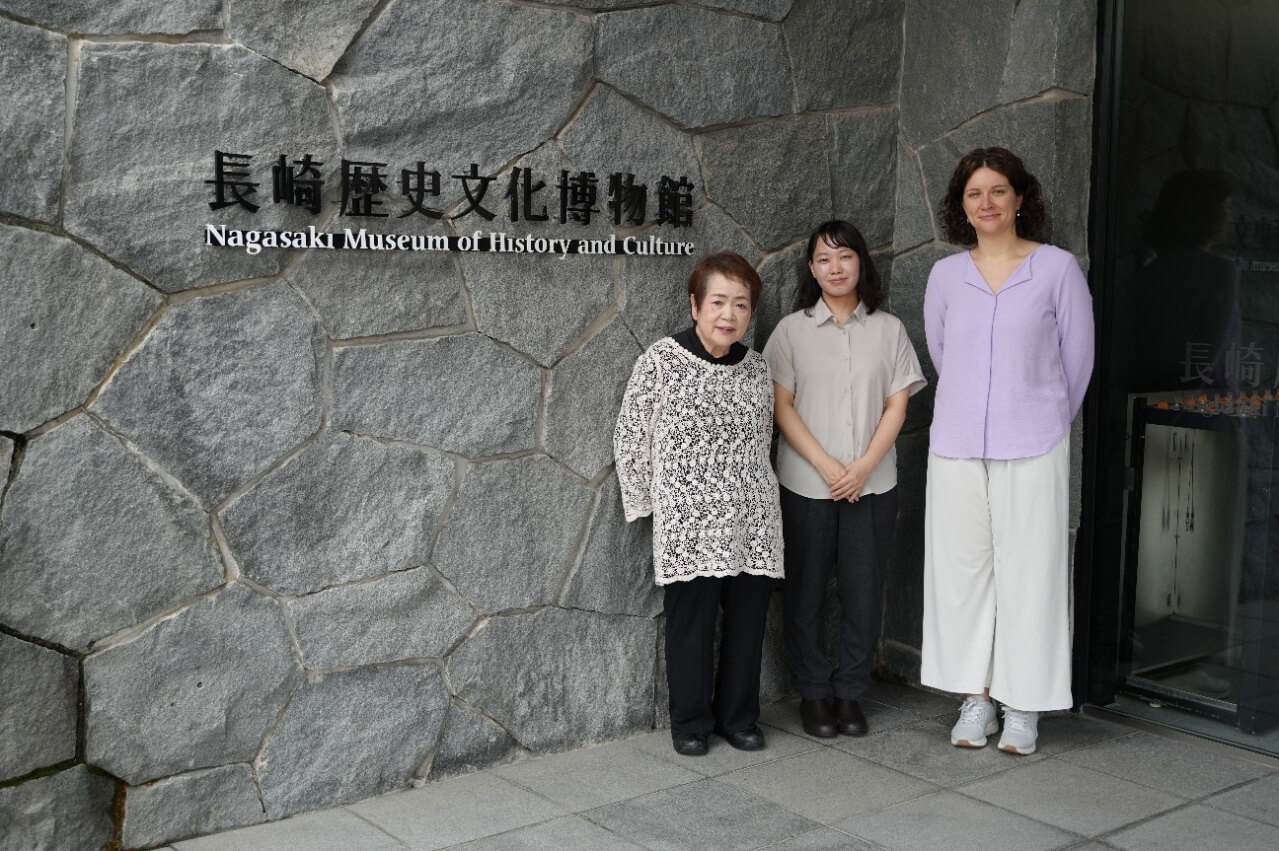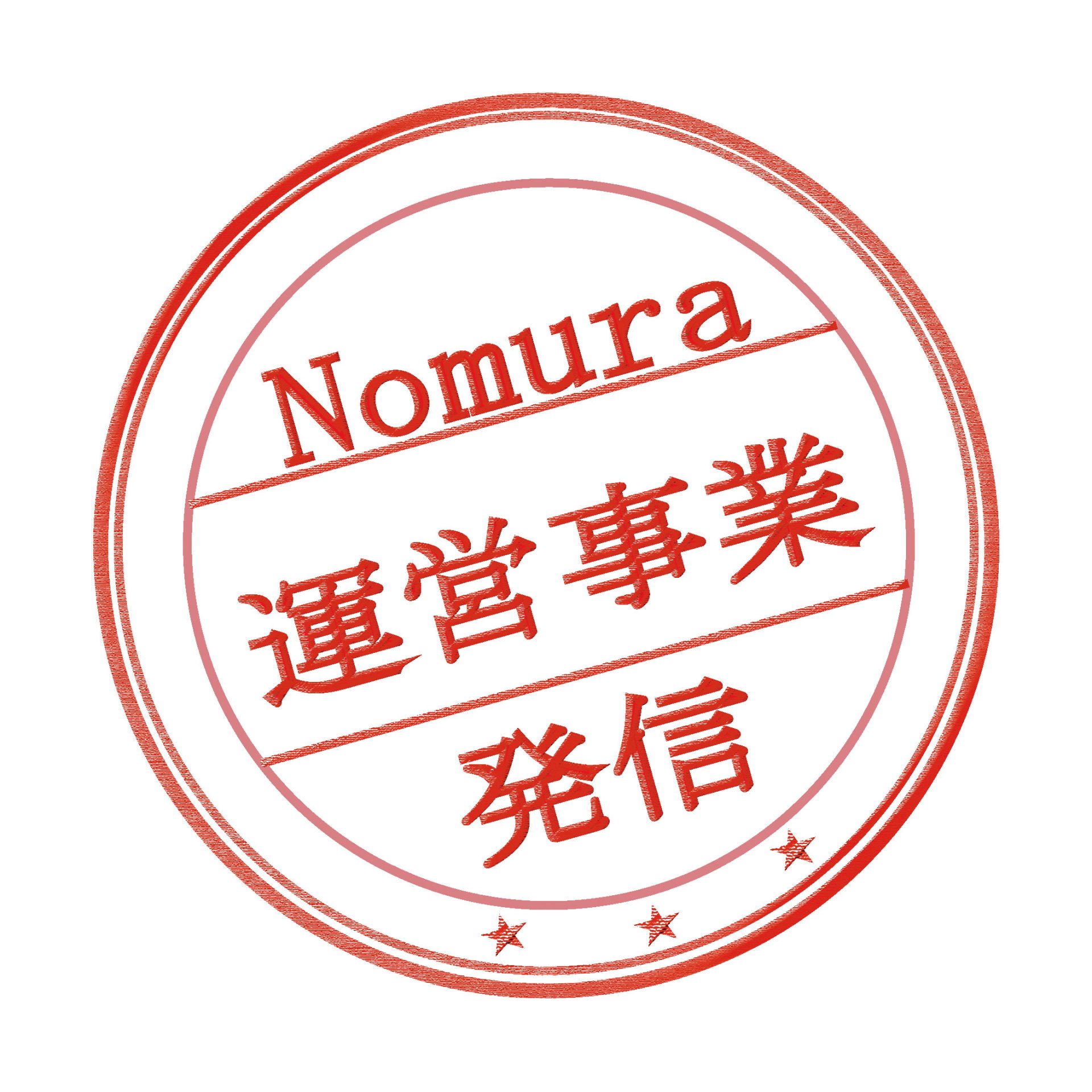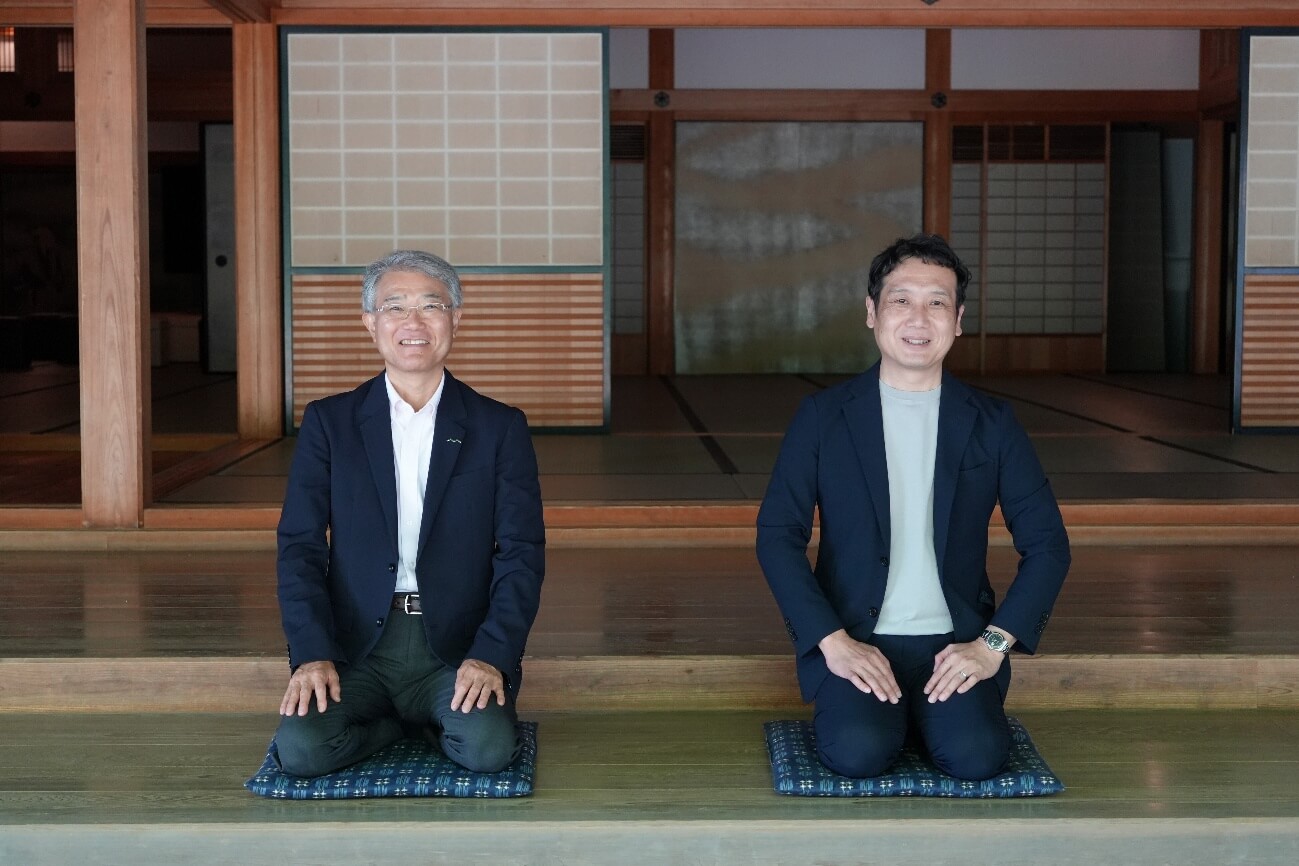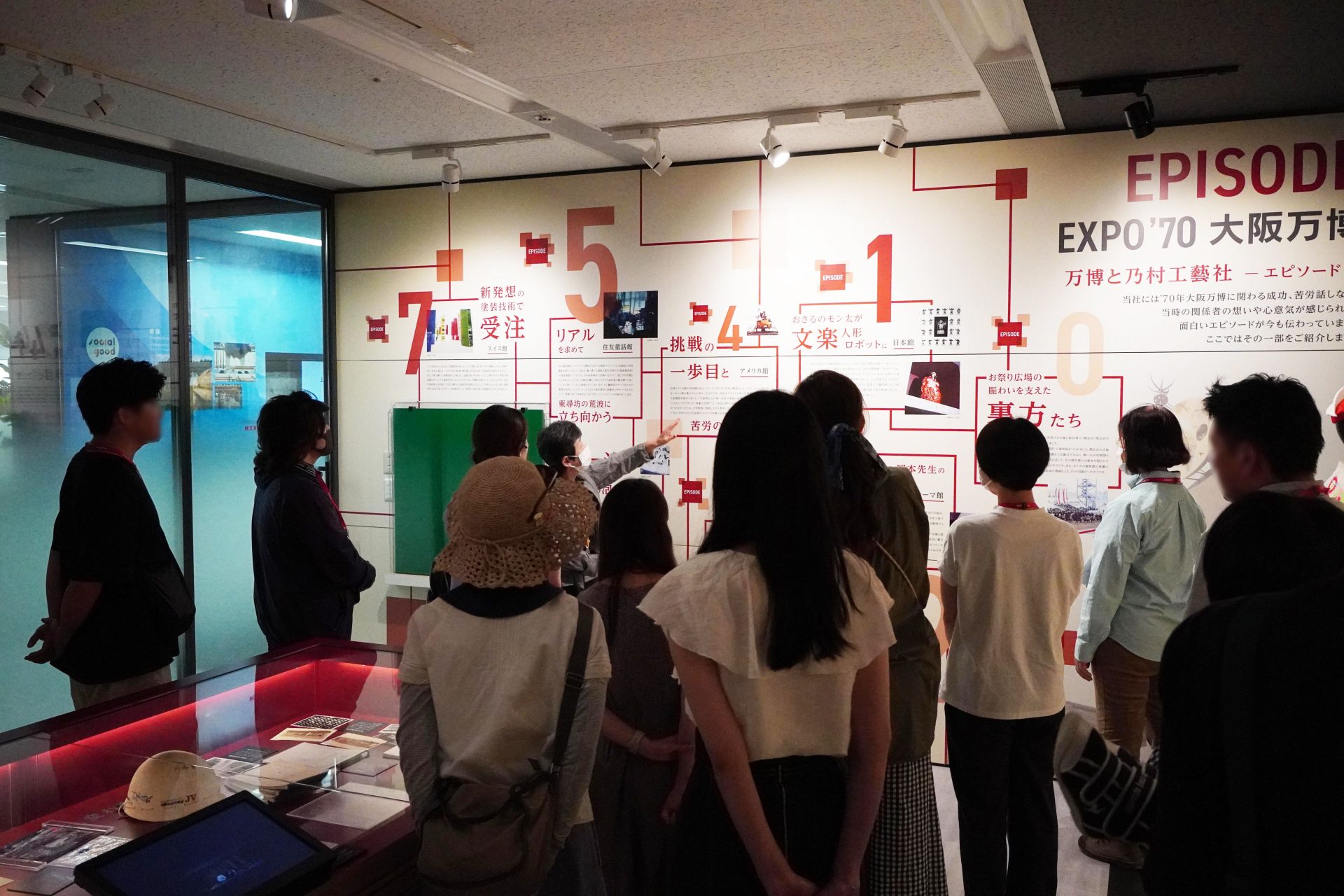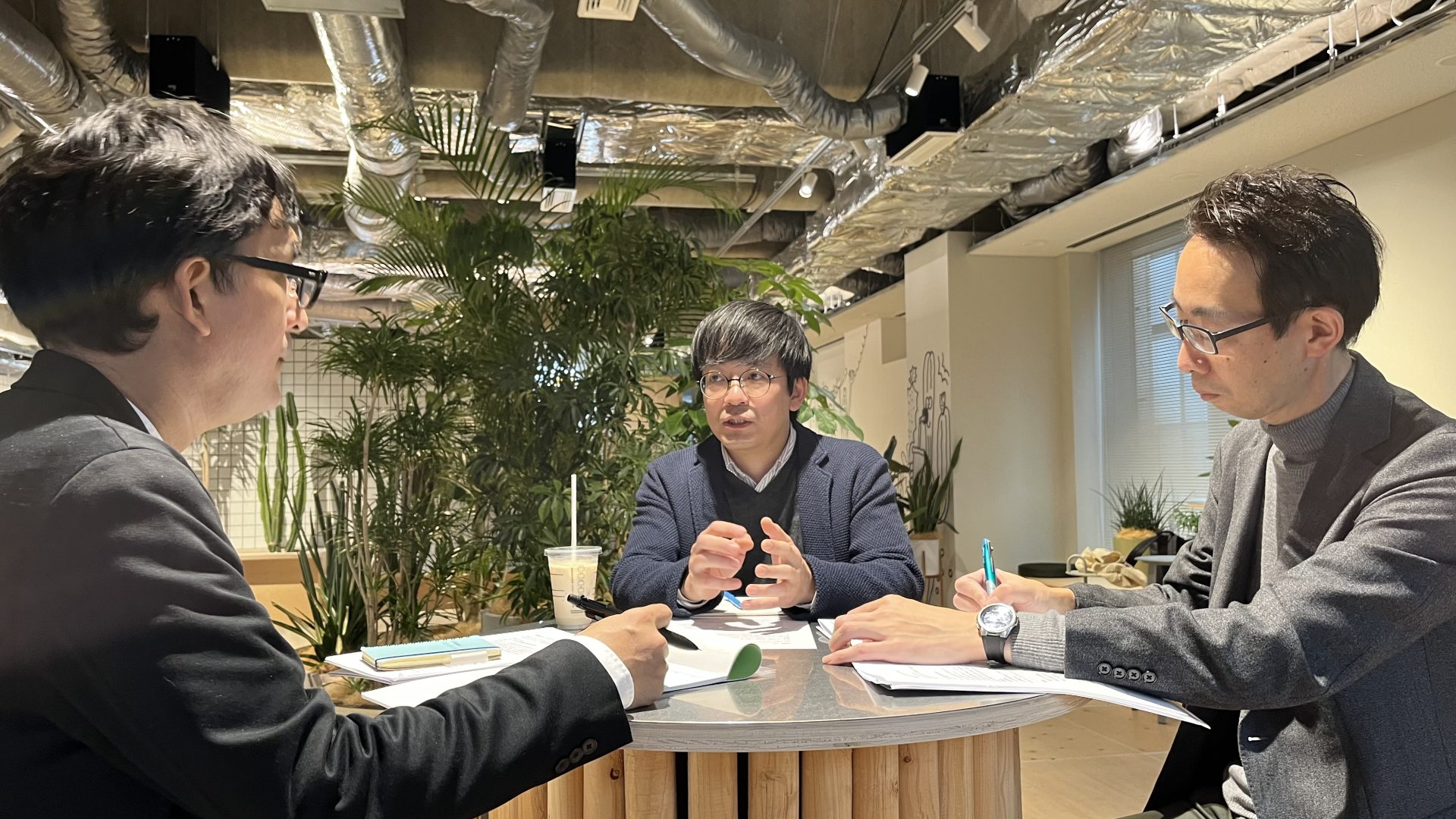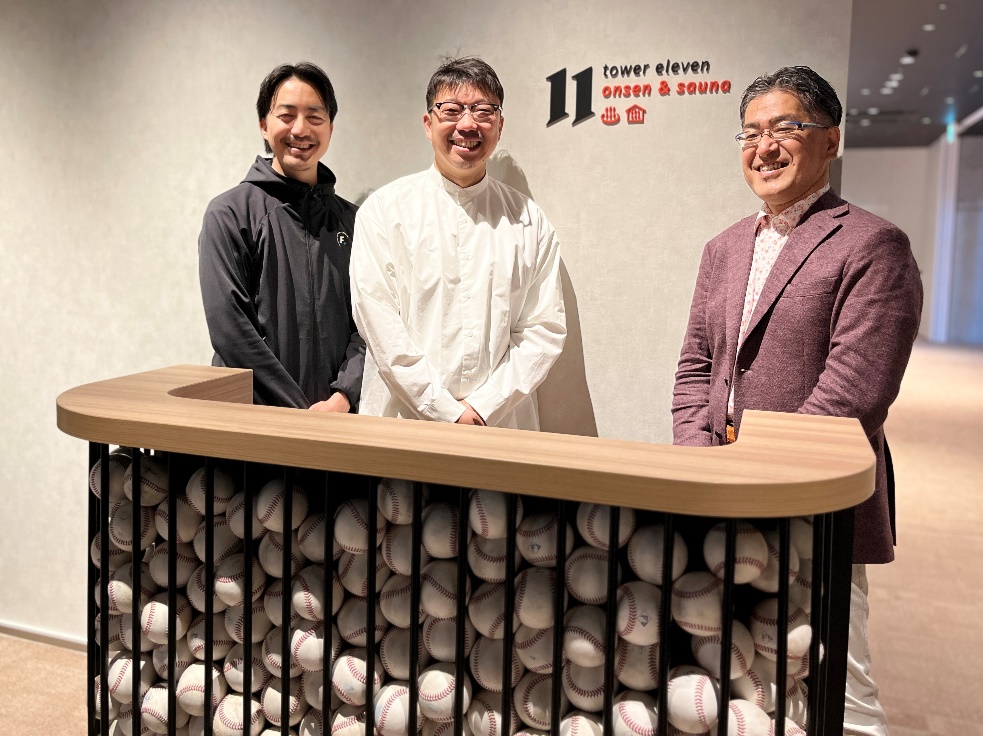- text and edit by
- 市川 愛
2020年東京オリンピック・パラリンピックと2025年大阪万博を控え、
おもてなしや、集客コンテンツとして日本の伝統文化への注目が高まっています。
株式会社乃村工藝社(以下、乃村工藝社)の得意とする“空間づくり”との親和性が高い日本の伝統文化の1つに、
“いけばな”があります。
私は乃村工藝社のプランナーとして勤務しつつ、いけばな作家としても活動しています。
この記事では2つの事例をもとに“空間”に“いけばな”を取り入れるメリットをご紹介したいと思います。
“生”のおもてなし
地域活性化イベントの空間演出に”いけばな”を活用
第1回『OBI DENKEN WEEK』では太陽農園さん栽培のスイートピーで空間演出
城下町として豊かな文化を誇る宮崎県日南市飫肥。
乃村工藝社は、伝統的建造物群保存地区であるこの地域の活性化のお手伝いに取組んできました。
2018年に2度開催された『OBI DENKEN WEEK』(DENKEN:伝統的建造物群保存地区の略)は、
プロジェクションマッピングからアート、音楽、映画、食、マルシェまで、
様々なコンテンツで県内外から観光客を集めました。
目玉コンテンツの1つである2日間限定の『DENKEN GASTRONOMY』では
有名シェフによって日南の食材をふんだんに使用したコース料理がふるまわれました。
そんなプレミアムな食体験の空間演出に採用されたのが“いけばな”です。
装花の依頼を受けた私は、料理同様に空間演出にも日南市らしさを出したいと考え、
市内にある太陽農園さんが栽培する植物を使わせて頂くことにしました。

 服部亭にて3月に開催された第1回では、旬の“スイートピー”を主役にした作品をエントランスや床の間等複数箇所に生けました。
服部亭にて3月に開催された第1回では、旬の“スイートピー”を主役にした作品をエントランスや床の間等複数箇所に生けました。


 DENKEN GASTRONOMY photo byワタナベカズヒコ
DENKEN GASTRONOMY photo byワタナベカズヒコ
第2回『OBI DENKEN WEEK』では太陽農園さん栽培のほうずきで空間演出
伊東邸にて10月に開催された第2回では、
夏に収穫された“ほおずき”を取り入れた作品を空間の中央と各テーブルに飾ることで、
秋らしいオレンジの色味をお客様に楽しんで頂けるようにしました。
太陽農園さんが加工した、繊維だけを白く残して中の実が見えるスケルトンの“ほうずき”は
東京では手に入りにくい珍しい花材で、私自身生けていてとてもワクワクしました。
このように、地域に縁のある植物や旬の植物で、その土地らしい“生”のおもてなし空間をつくることができるのが
“いけばな”の強みです。
生の植物や水を使わない”いけばな”による空間演出のちから
“生”を超える植物のちから
イベント空間演出に大変適している“いけばな”ですが、
一定期間保とうとすると、ハードルになるのがメンテナンスです。
私自身何度も、空間のポイントとして“いけばな”の演出を取り入れたいが維持運営の負担が気になる、
という相談を受けたことがあります。
そこでぜひ知っていただきたいのが、“いけばな”は必ずしも生の植物と水がなくても成立するということです。

第2回『新いけばな主義』展覧会
私は2019年6月22日から30日、1週間にわたって東京都大田区ART FACTORY城南島で開催された
『第2回 新いけばな主義』という展覧会に出展しました。
複数流派の家元をはじめ、国内外での制作経験が豊富な作家によって生けられた巨大な作品群の多くは、生の植物や水を使わないものでありながら、生の植物を超えるのではないかという、圧倒的な存在感がありました。
メインとなる流木や枯れもの(枯らした植物素材)などの材料は、解体すれば、次の展示に活用することもでき、
“サステイナビリティ”、“更新性”、“可変性”といった今の時代の気分をしっかりと捉えています。
 『June Bride』photo by Kanno Kinji
『June Bride』photo by Kanno Kinji
私自身も、過去の作品で使った生の植物を枯らして、
色鮮やかに着色し生まれ変わらせた材料で構成した作品を生けました。
作品名は『June Bride』で、結婚を機により強く鮮やかに生まれ変わる女性を表現しました。
このように、”いけばな”は生の植物の使用が難しい場所でも、生以外の素材を活用することで、
その力を十分に発揮できる可能性を秘めています。
この記事を読んでくださった皆様が、日本の伝統文化を感じさせる空間演出の手法の1つとして、
“いけばな”を取り入れて頂ければ嬉しいです。
この記事は気に入りましたか?
